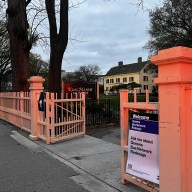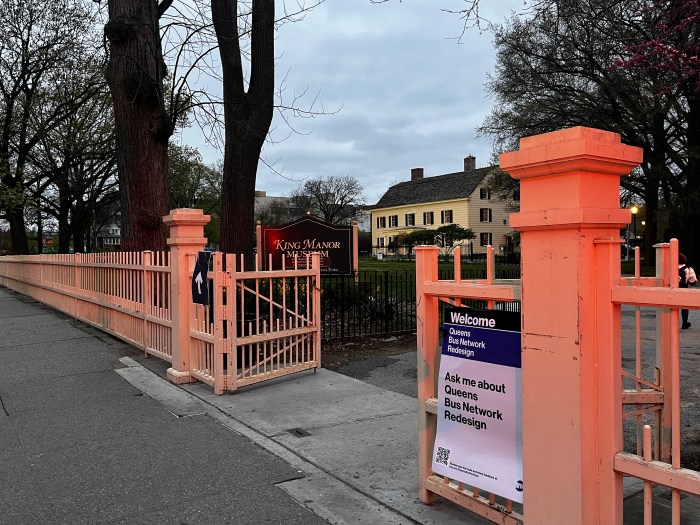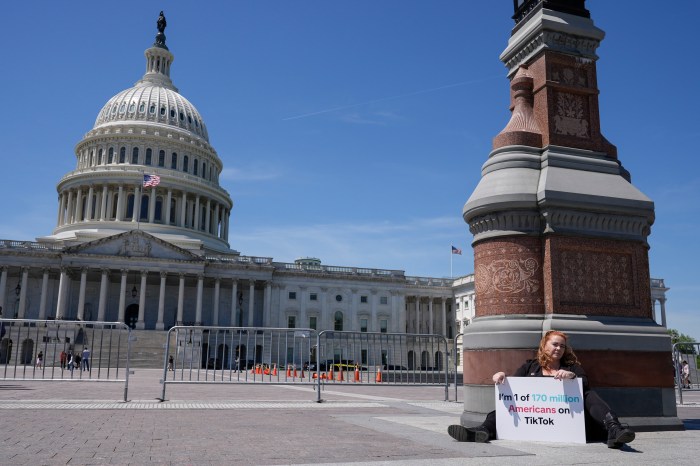By Kathianne Boniello
A meeting last week of residents and officials at St. Mary’s Hospital for Children in Bayside yielded positive results as both sides strove to solve festering neighborhood problems that center on traffic brought in by the children’s facility.
Libby Zimmer, president of the St. Mary’s Foundation, the fund-raising arm of the Bayside’s children’s hospital, said the May 2 meeting of the Joint Advisory Community Council was “very positive.”
“I think there was a good dialogue between St. Mary’s and some of the neighbors,” she said. “There were some resolutions and it was very positive.”
Frank Skala, president of the East Bayside Homeowners Association and a frequent critic of St. Mary’s, told Community Board 11 Monday night the meeting with hospital officials went well.
Zimmer said the hospital is working to find ways to reduce traffic on the quiet Bayside streets that surround its campus and has been evaluating how to use its parking lots more efficiently.
The hospital is close to relocating its Homecare program to two different sites outside the Bayside facility, she said. Such a move would reduce the number of cars using the hospital on 216th Street by 80.
St. Mary’s Hospital for Children is a non-profit, long-term and rehabilitation facility that features 97 beds and treats children with a wide range of medical disorders. The hospital, which moved to Bayside from the West Side of Manhattan in 1951, is at 29-01 216th St.
Bayside civic leaders protested in December when U.S. Rep. Gary Ackerman (D-Bayside) obtained a $590,000 grant for the hospital to build more facilities. The civic groups have long been opposed to the hospital’s physical expansion.
Civic leaders Frank Skala, president of the East Bayside Homeowner’s Association, and Dr. Blanche Felton, head of the John Golden Park Block Association, have worked to block any expansion of St. Mary’s Hospital for years. The hospital sits within a quiet pocket of suburban Bayside overlooking Little Neck Bay.
After the announcement of Ackerman’s grant, both civic leaders sought to revive the Joint Advisory Community Council, a group of both community people and St. Mary’s officials.
The Wednesday, May 2, session was the second meeting of the Joint Advisory Community Council this year.
Zimmer said the relocation of the hospital’s Homecare program, a move encouraged by Skala and Felton, was close to fruition, with lawyers for both St. Mary’s and the prospective landlords reviewing draft leases.
Two sites under consideration for the Homecare program include one on Francis Lewis Boulevard near 35th Avenue and another at the intersection of Marcus Avenue and New Hyde Park Road, she said.
Zimmer said accusations that the hospital has refused to discuss neighborhood problems outside of parking and traffic are “absolutely not true.”
“Those are the issues that come from the neighbors,” she said.
Traffic and parking problems are some of the most frequently raised issues, she said, “and we’re working to solve those issues first.”
As far as the hospital’s expansion, Zimmer said the organization would be willing to provide details if there were more extensive plans.
Any possible construction at the Bayside facility, including the removal of portable trailers now housing classroom space, depends on a review of internal existing space, she said.
“We are looking to see if there are ways to move around programs in existing space to take advantage of the space we have,” she said.
When asked about issues raised by Skala prior to last week’s meeting, including lights from the hospital that beam into neighbors’ homes and pesticides used during landscaping, Zimmer said they had not been previously discussed.
“I’d be happy to work with the neighbors on that,” she said of the lights, although she emphasized the hospital has never used pesticides in its landscaping.
Reach reporter Kathianne Boniello by e-mail at Timesledgr@aol.com or call 229-0300, Ext. 146.































